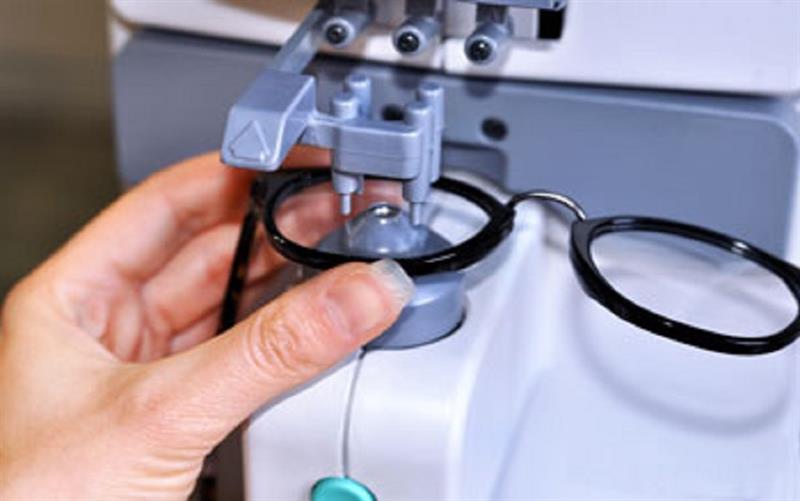
Time is a valuable resource in the cutthroat optical sector of today. A complete solution for increasing patient satisfaction, efficiency, and streamlining operations is provided by optical management software. For optical offices of all sizes, this technology is revolutionary for everything from scheduling and inventory management to streamlining invoicing and compliance.
Purchasing the appropriate optical management software enables your staff to provide better treatment and expand your company while also saving time. Make the change now and observe how your workflow improves!
Effective time management and efficiency are critical for success in the fast-paced world of optical practices. It can be very difficult to balance patient appointments, inventory, invoicing, and customer satisfaction, regardless of how big or small your optometry practice is. This is when optical management software, a game-changing solution that improves efficiency, optimizes operations, and saves you and your employees a great deal of time, comes in.
Let's examine how optical management software improves productivity and transforms optical practices.
1. Centralized Patient Management
Managing patient records is often a tedious process when done manually or with outdated systems. Optical management software provides a centralized database for storing and accessing patient information, including:
- Appointment history
- Vision prescriptions
- Medical records
- Communication preferences
This centralized access eliminates the need for time-consuming paperwork and ensures your team can quickly retrieve patient details. It also reduces errors, ensuring accurate record-keeping and seamless patient interactions.
2. Streamlined Appointment Scheduling
Missed or double-booked appointments can disrupt workflow and frustrate patients. Optical management software simplifies appointment scheduling by offering features like:
- Real-time calendar integration
- Automated reminders via email or SMS
- Online booking options for patients
These features ensure your schedule runs smoothly, reduce no-shows, and allow staff to focus on delivering excellent care instead of managing appointment logistics.
3. Efficient Inventory Management
For optical practices that deal with eyewear and contact lenses, inventory management is a critical yet time-consuming task. Optical management software includes tools for:
- Tracking stock levels in real-time
- Automating reorder alerts for low inventory
- Categorizing products by brand, style, or prescription type
By optimizing inventory management, you can minimize overstocking and shortages, save time on manual stock checks, and ensure you always have the right products available for your customers.
4. Simplified Billing and Payments
Billing in optical practices can be complex, especially when dealing with insurance claims and co-payments. Optical management software automates this process by:
- Generating accurate invoices
- Processing payments (in-person or online)
- Managing insurance claims and reimbursements
With these tools, your staff spends less time on administrative tasks, and patients experience quicker, hassle-free billing. This improved payment workflow contributes to better customer satisfaction and financial health for your practice.
5. Enhanced Communication and Marketing
Keeping patients informed and engaged is essential for building loyalty and trust. Optical management software allows for:
- Sending appointment reminders and follow-up messages
- Running marketing campaigns for promotions or new services
- Customizing communications based on patient preferences
These communication tools help you maintain strong relationships with your patients while saving time compared to manual outreach methods.
6. Data-Driven Insights and Reporting
Tracking performance metrics is key to improving your practice. Optical management software provides robust reporting features, enabling you to:
- Analyze sales trends and revenue streams
- Monitor staff productivity
- Identify areas for improvement
These insights allow you to make informed decisions and optimize operations, ultimately saving time and boosting efficiency.
7. Seamless Integration with Optical Devices
Many modern optical management systems integrate directly with diagnostic devices such as auto-refractors and lensometers. This integration allows test results to be automatically uploaded into patient records, saving time on data entry and minimizing errors. One of the standout features of modern optical management software is its ability to integrate seamlessly with optical diagnostic devices. This integration bridges the gap between clinical procedures and administrative tasks, allowing for faster and more accurate data management. Here's how it works and why it’s a game-changer for optical practices:
8. Improved Compliance and Security
Optical practices handle sensitive patient data that must comply with regulations like HIPAA or GDPR. Optical management software ensures compliance by:
- Encrypting patient data
- Offering controlled access levels for staff
- Maintaining detailed audit trails
By automating compliance processes, you save time on manual checks and reduce the risk of costly data breaches.
9. Scalability for Growing Practices
As your optical business grows, managing an increasing number of patients, products, and staff becomes challenging. Optical management software scales with your needs, allowing you to:
- Add new locations or service offerings seamlessly
- Train new staff with user-friendly interfaces
- Maintain efficiency without sacrificing personalized care
10. Cost-Effective and Time-Saving Solution
While investing in optical management software may seem like a significant upfront cost, the long-term savings in time, labor, and resources far outweigh the expense. By automating repetitive tasks, reducing errors, and optimizing workflow, you can focus on what truly matters—providing exceptional patient care and growing your practice. Investing in optical management software is one of the most practical decisions an optical practice can make. While the initial setup may require an upfront investment, the long-term benefits in terms of cost savings, efficiency, and enhanced productivity far outweigh the expense. Here's how it delivers value and saves time for your business: